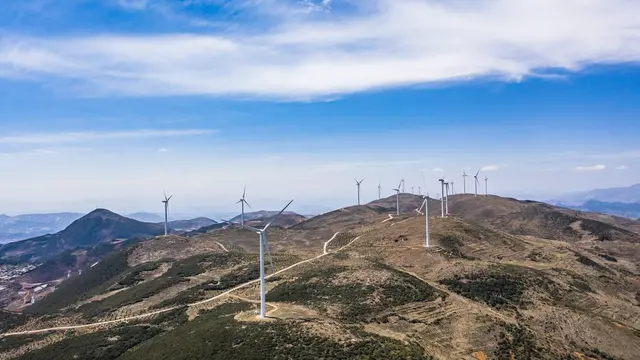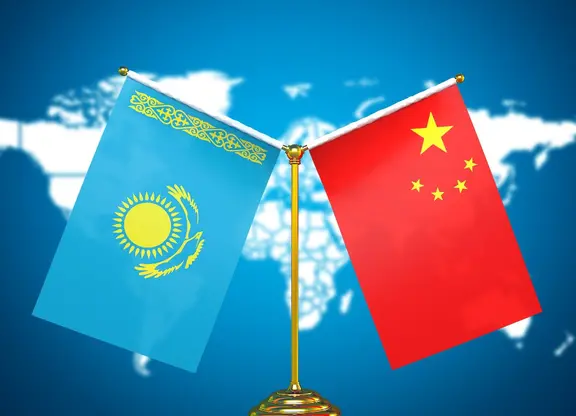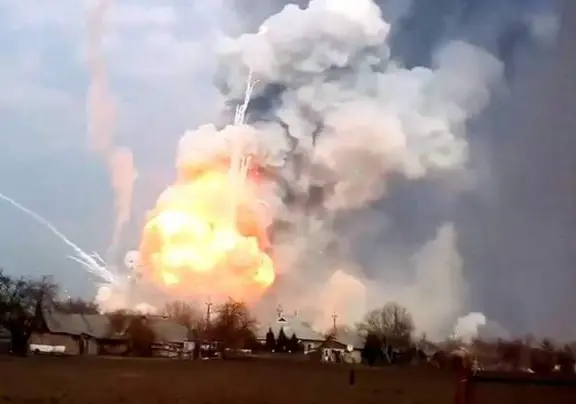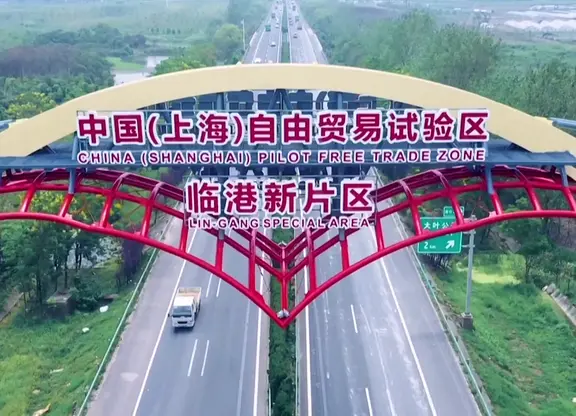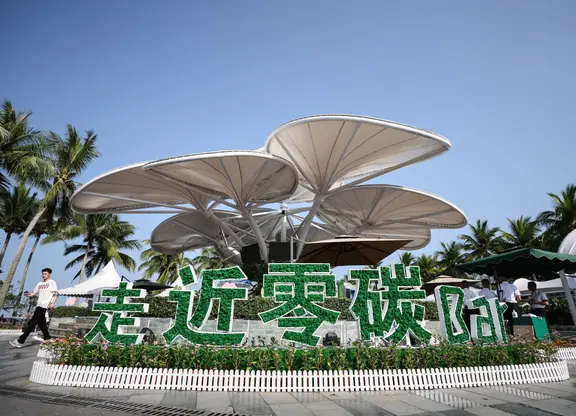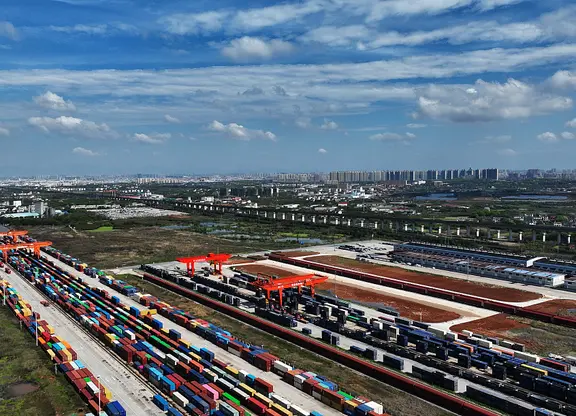While our world continues to confront more imminent and dire energy shortages, the requirement to boost the production levels of energy supply has emerged greater than ever before. Accordingly, integrating digital technologies can offer vital services for energy companies, which will lead to much improved operational efficiency, as well as cutting costs and generating higher profit margins. And that's good news for one and all.
China is a global leader in 5G networks development that substantially increases memory storage and accelerates speeds for wireless internet (WiFi) and that is leading to significant upgrades in artificial intelligence (AI), Internet of Things (IoT), smart technologies, robotics, Big Data, self-autonomous vehicles and so much more. Hence, Chinese oil and gas companies stand well poised to integrate its digital technologies with their drilling, exploration and refining capacities.
Additionally, energy companies have also tapped into what's now known as Intelligent Automation (IA) that has developed a "smart brain" or command center as a crucial part of its functions.
Chinese energy companies have been reaping the rewards of IA and will continue onward with it. By reviewing China's National Development and Reform Commission (NDRC) 14th Five-year Plan (2021-2025) for the energy sector places, we can see that it places special emphasis on the wider utilization of 5G, AI, cloud computing, blockchain, IoT and big data. The NDRC announced plans to connect smart technologies with upgrading equipment facilities in oil and gas fields, pipeline networks and its related warehouses.
Workers of the No. 1205 Drilling Team work at an oil drilling platform in Daqing Oilfield in Daqing, northeast China's Heilongjiang Province, January 7, 2021. /Xinhua
Smart oil & gas production
China's top three oil and gas companies are Sinopec, China National Petroleum Corporation (CNPC), and China National Offshore Oil Corporation (CNOOC). The big three have marched ahead on artificial automation by revamping their respective software and hardware technologies in order to bridge gaps between digital technologies and traditional operations.
Oil companies engaged in drilling, exploration and refining have always been highly complex that constantly requires hi-tech equipment upgrades to keep pace with competitors. Chinese oil companies recognize that they still have a long way to go to reach peak capacity when going digital.
Luo Zuoxian, head of intelligence and research at the Sinopec Economics and Development Research Institute, told the China Daily, "Chinese companies are eager to explore smart oil and gas fields, but such development is still at an early stage."
Nevertheless, the Daqing Oilfields Co., a subsidiary of the CNPC, runs an oilfield in northeast China's Heilongjiang Province that covers an area of 3 square kilometers was founded over 60 years. But in recent years, the oilfield has undergone a digital transformation, since Daqing Oilfields Co. is pioneering the use of drones, 5G, IoT, big data and video surveillance to oversee their operations.
Cheng Jiecheng, chief technology officer at Daqing Oilfields Co., is quoted by the China Daily as saying, "We are … promoting a three-step strategy of building a digital, smart and intelligent oilfield."
For the moment, nearly 500,000 internet-connected devices are collecting data of operations at the oilfield, as well as more than 10 billion sets of real-time data flow online every second.
He explained the company has constructed a "smart brain"-a command center where technicians manage and control 120,000 oil and gas wells, 8,100 oil and gas stations, 100,000 km of oil and gas pipelines, and 30,000 km of electricity lines.
Digital upgrades in energy supply and consumption
Oil and gas suppliers are not the only energy firms pushing forward on a digital technologies' transition. Renewables companies face challenges, known as "intermittency," which infer that there is no reliable method to produce renewables without disruptions. Solar only produces energy when the sun is shining, hydropower runs dry amid droughts and on days without a breeze, wind mills stop working.
Consequently, more renewable companies have supported cooperation with fossil fuels' suppliers to upgrade electricity grids in order for them to transmit different sources of energy at different times of the day, night or weather conditions. Therefore, local utilities operating the electric grids can have reliable access to energy, whether it be fossil fuels or renewables and that can prevent rolling black outs and lower costs.
Additionally, digital technologies can serve a useful role to reduce energy consumption. A rising number of sovereign governments have integrated new technologies to monitor energy consumption of households, businesses and public offices in real-time.
Alongside the further development of smart cities, local officials would likely pay deeper attention to energy consumption by individual users suspected of using too much energy. Officials may have to alert them and ask that they lower their usage levels immediately in order to maintain a sufficient energy supply for the local community.
The digital transformation in the energy sector can impact the daily lives of all people. Energy suppliers can improve operational efficiency and boost production levels but consumers will see closer monitoring from their respective local utilities and perhaps even government official. This may seem like a nuisance to many but in reality, we are confronting more energy shortages worldwide and so many people have no choice but to lower their energy usage even if it comes at more of an inconvenience.
(CGTN)
 简体中文
简体中文

